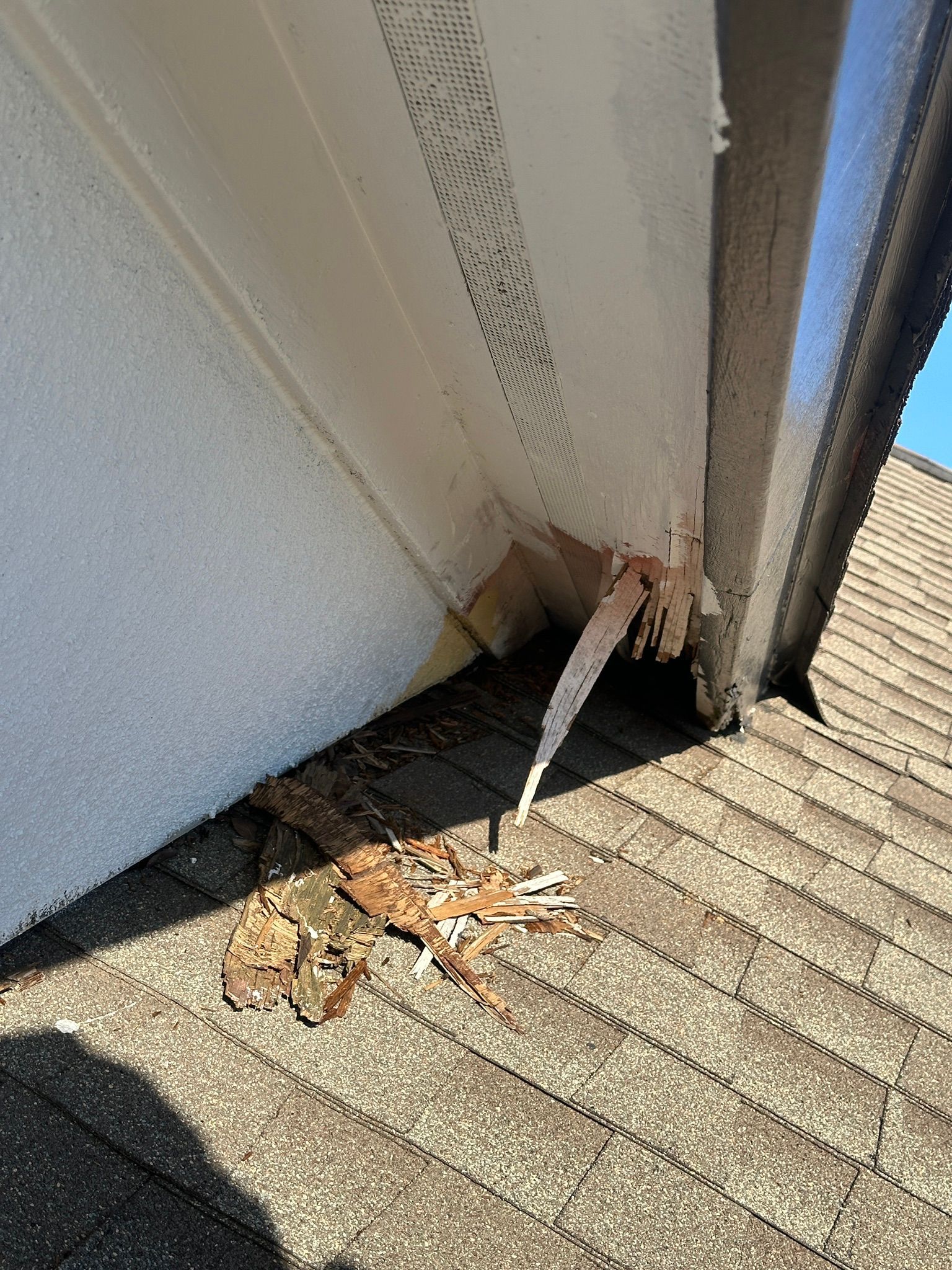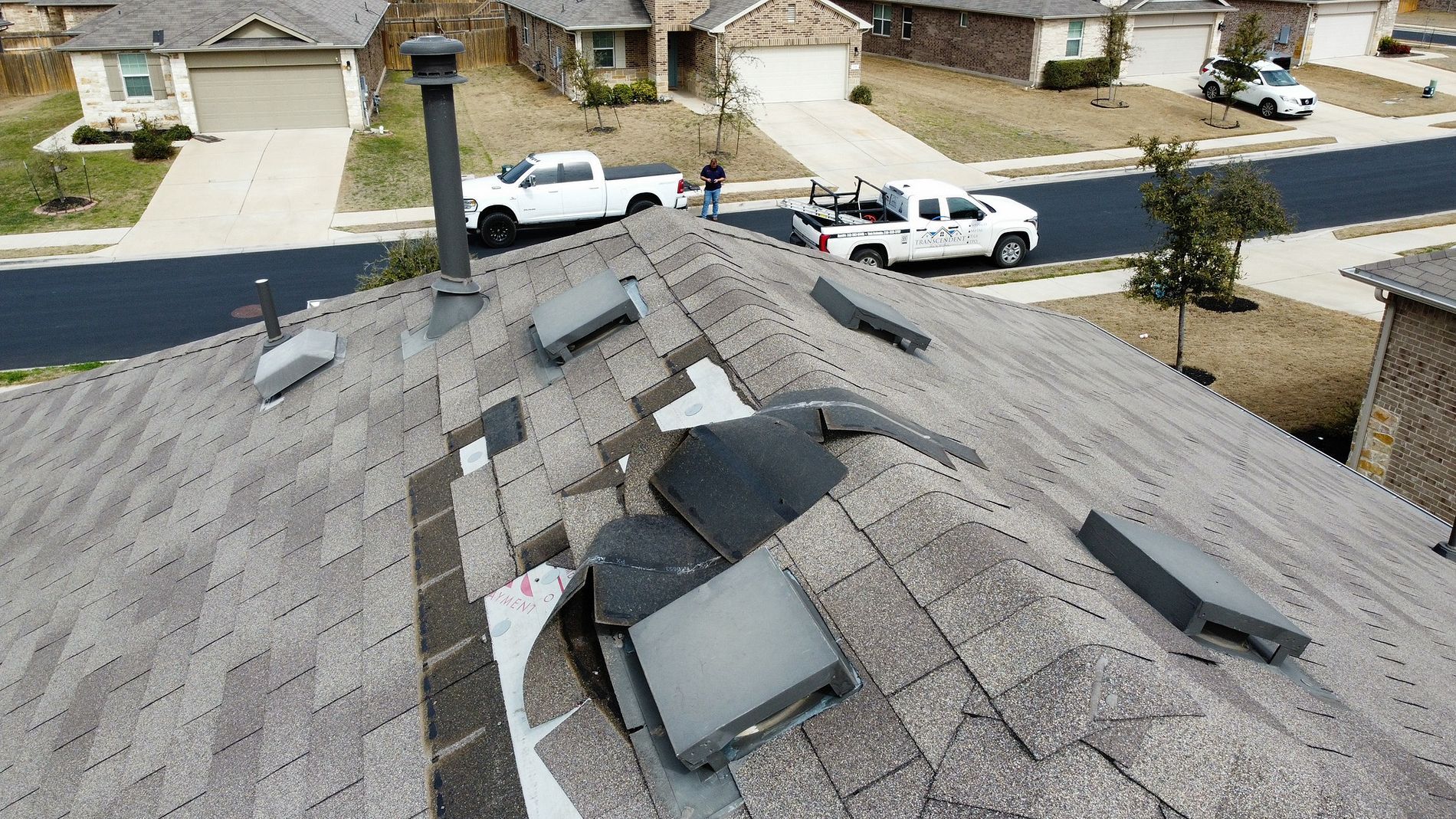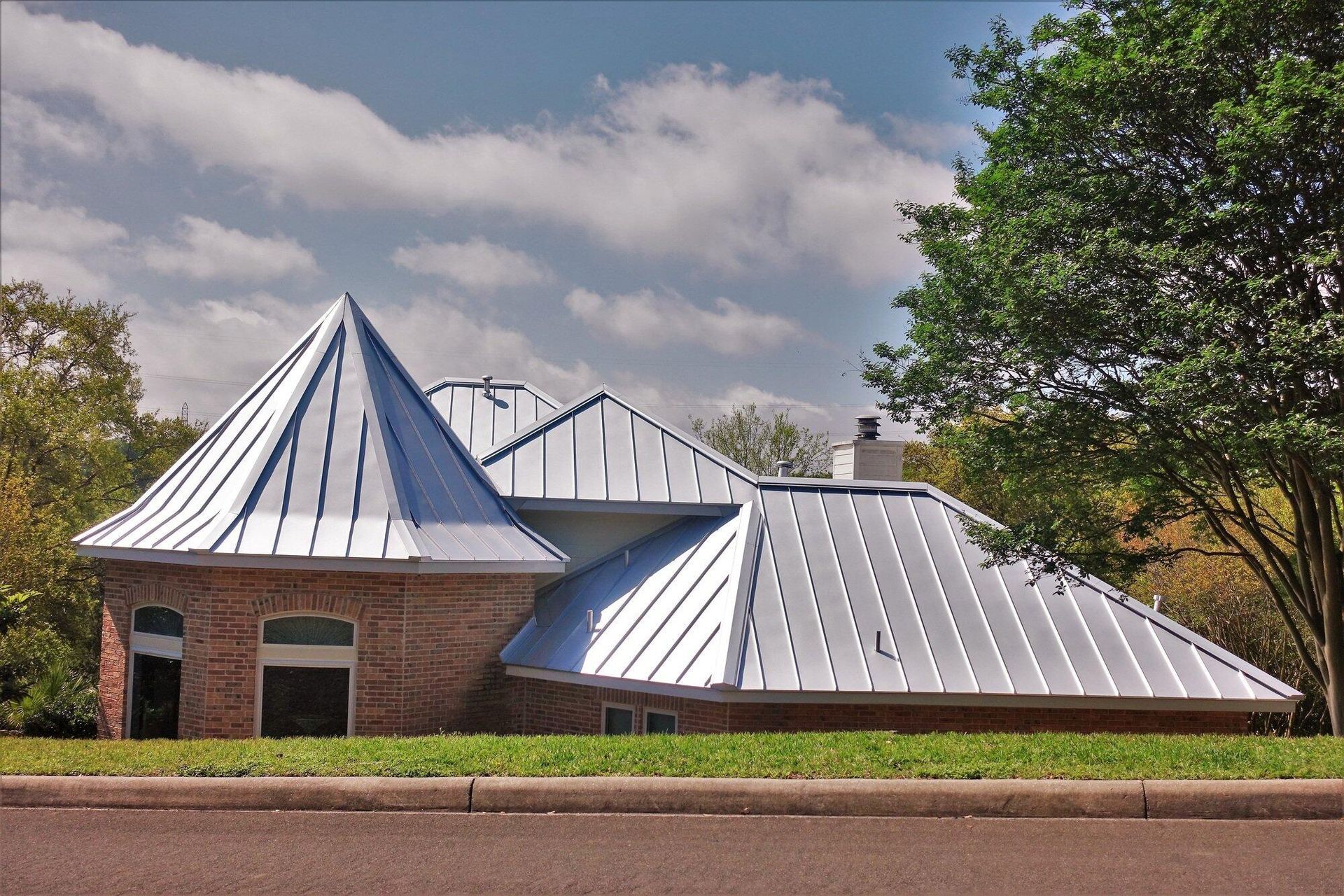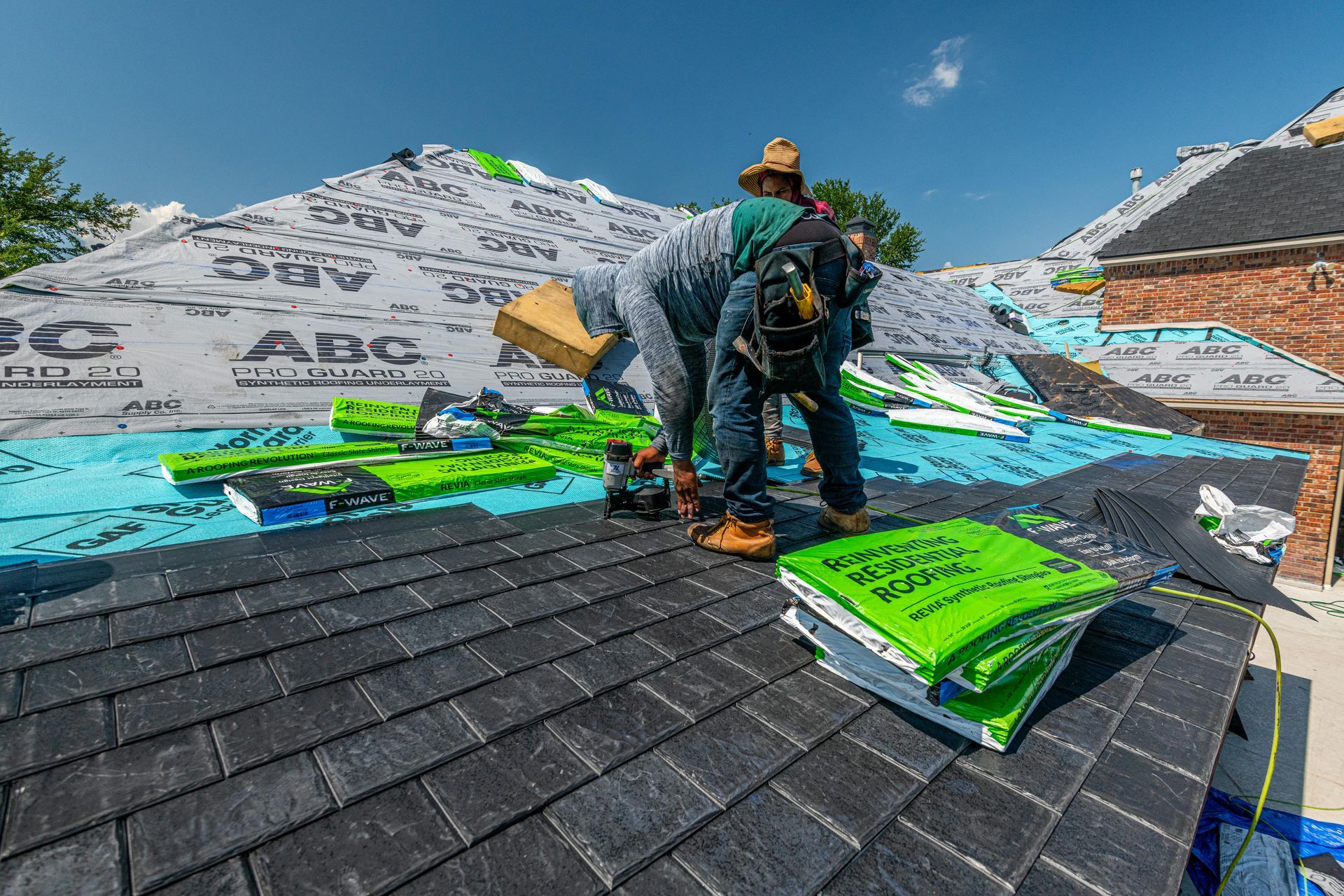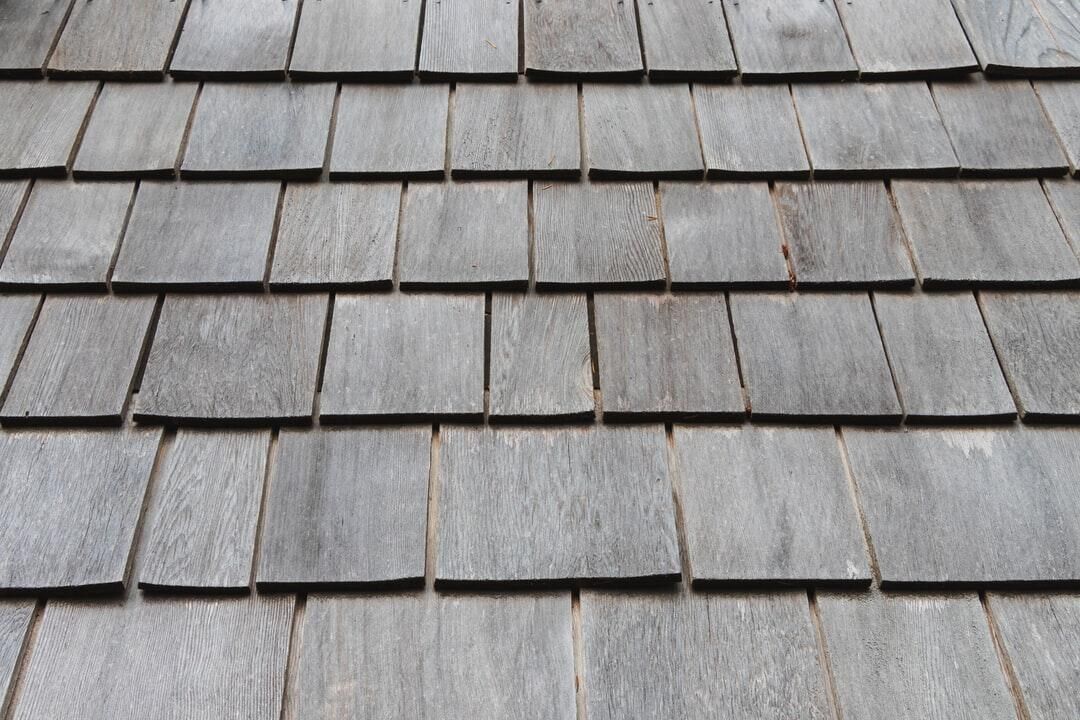The Importance of Roof Flashing: Protecting Your Home from Water Damage
When considering the components of a well-constructed roof, shingles and underlayment often come to mind first. However, one of the most critical elements in safeguarding your home from water damage is roof flashing. In this blog post, we'll delve into what roof flashing is, its importance, the different types available, and tips for proper installation and maintenance.
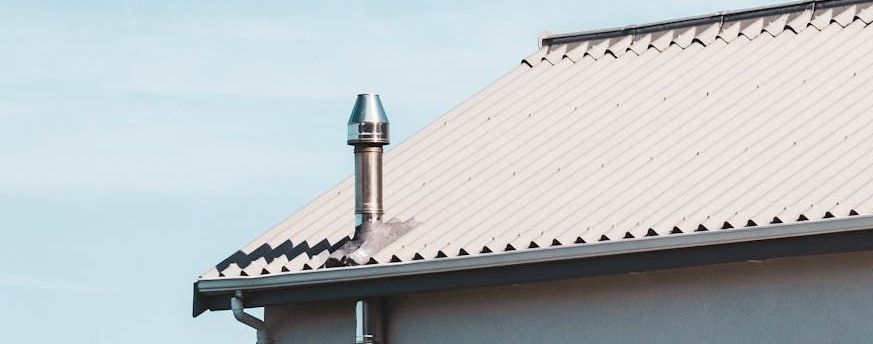
What is Roof Flashing?
Roof flashing is a thin material, typically made of galvanized steel, aluminum, or copper, that directs water away from critical areas of the roof. It is installed at intersections, edges, and joints around chimneys, vents, skylights, and valleys where water runoff is most likely to occur. By providing a watertight seal, flashing prevents leaks and protects the underlying structure of the roof.
Why is Roof Flashing Important?
- Prevents Water Intrusion: The primary purpose of roof flashing is to prevent water from seeping into your home. Rainwater can penetrate the roof without proper flashing, leading to leaks, mold growth, and structural damage.
- Extends Roof Lifespan: By effectively managing water runoff, flashing helps to extend the lifespan of your roof. Water damage can compromise the integrity of roofing materials, leading to costly repairs or premature roof replacement.
- Protects Against Wind Damage: In areas prone to high winds, flashing provides additional protection by securing shingles and other roofing materials. It helps to keep these elements in place during storms, reducing the risk of wind damage.
- Enhances Energy Efficiency: Properly installed flashing can also improve your home's energy efficiency. Preventing water intrusion helps maintain the insulation's effectiveness, keeping your home warmer in the winter and cooler in the summer.
Types of Roof Flashing
- Step Flashing: Used where the roof meets a vertical surface, such as a chimney or wall. Step flashing consists of L-shaped pieces of metal that overlap each other to create a watertight barrier.
- Valley Flashing: Installed in roof valleys where two roof planes meet. Valley flashing channels water down the valley and away from the roof.
- Drip Edge Flashing: Placed along the roof's edges, drip edge flashing prevents water from seeping into the roof deck and directs it into the gutters.
- Vent Pipe Flashing: Used around roof vents and pipes. This type of flashing typically includes a rubber boot to create a watertight seal around the pipe.
- Chimney Flashing: A combination of different flashing types, including step flashing, counter flashing, and saddle flashing, is used to seal the area around a chimney.
Tips for Proper Installation and Maintenance
- Hire a Professional: Proper installation of roof flashing is crucial for its effectiveness. Hiring a professional roofing contractor ensures that flashing is installed correctly and meets local building codes.
- Regular Inspections: Periodically have your roof inspected for flashing for signs of damage, such as rust, cracks, or loose sections. Early detection of issues can prevent costly repairs down the line.
- Clean Gutters: Clogged gutters can cause water to back up and overflow, potentially damaging the roof flashing. Regularly cleaning your gutters helps to maintain proper water flow and protect the flashing.
- Address Damage Promptly: If you notice any damage to your roof flashing, such as bent or missing pieces, address it promptly. Ignoring flashing issues can lead to water intrusion and extensive roof damage.
Conclusion
Roof flashing is a vital component of your home's roofing system. Directing water away from vulnerable areas prevents leaks, extends the roof's lifespan, and enhances overall energy efficiency. Whether you're building a new home or maintaining an existing one, ensuring proper installation and regular maintenance of roof flashing is essential for protecting your home from water damage.


